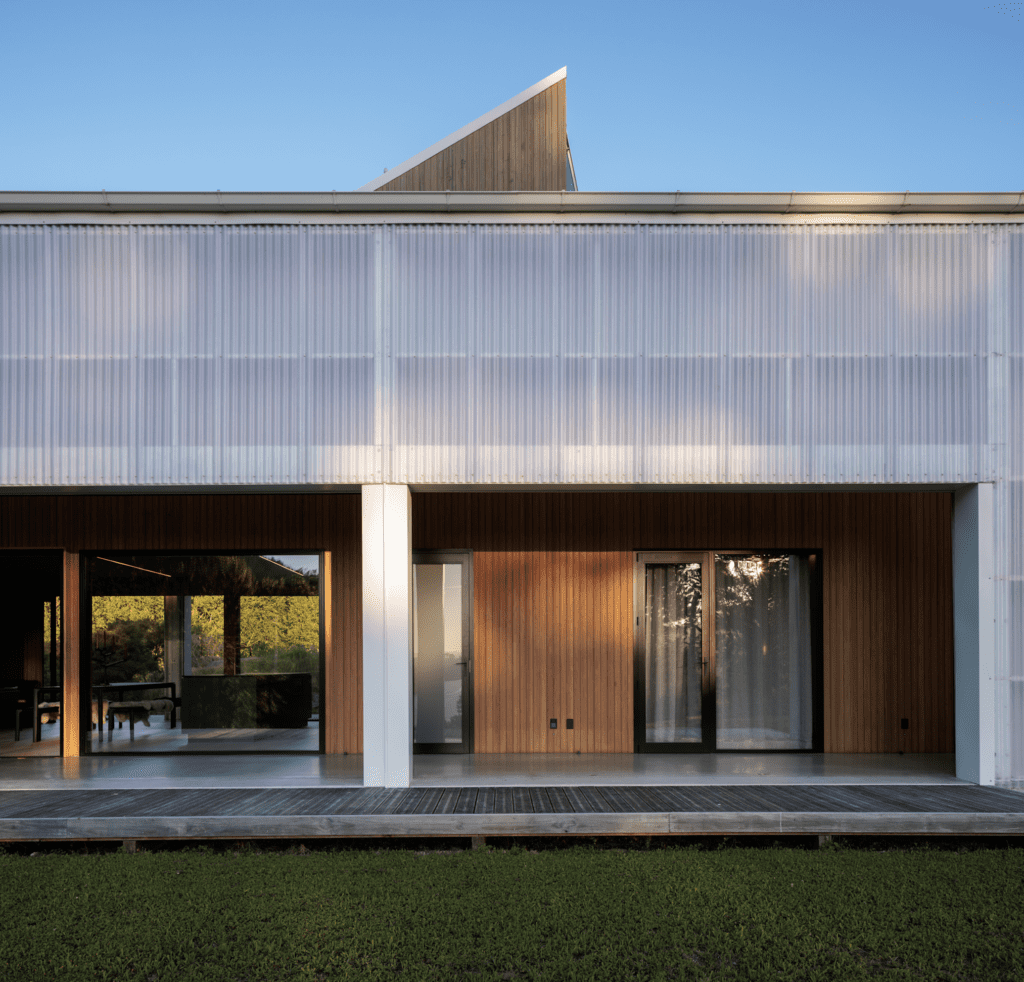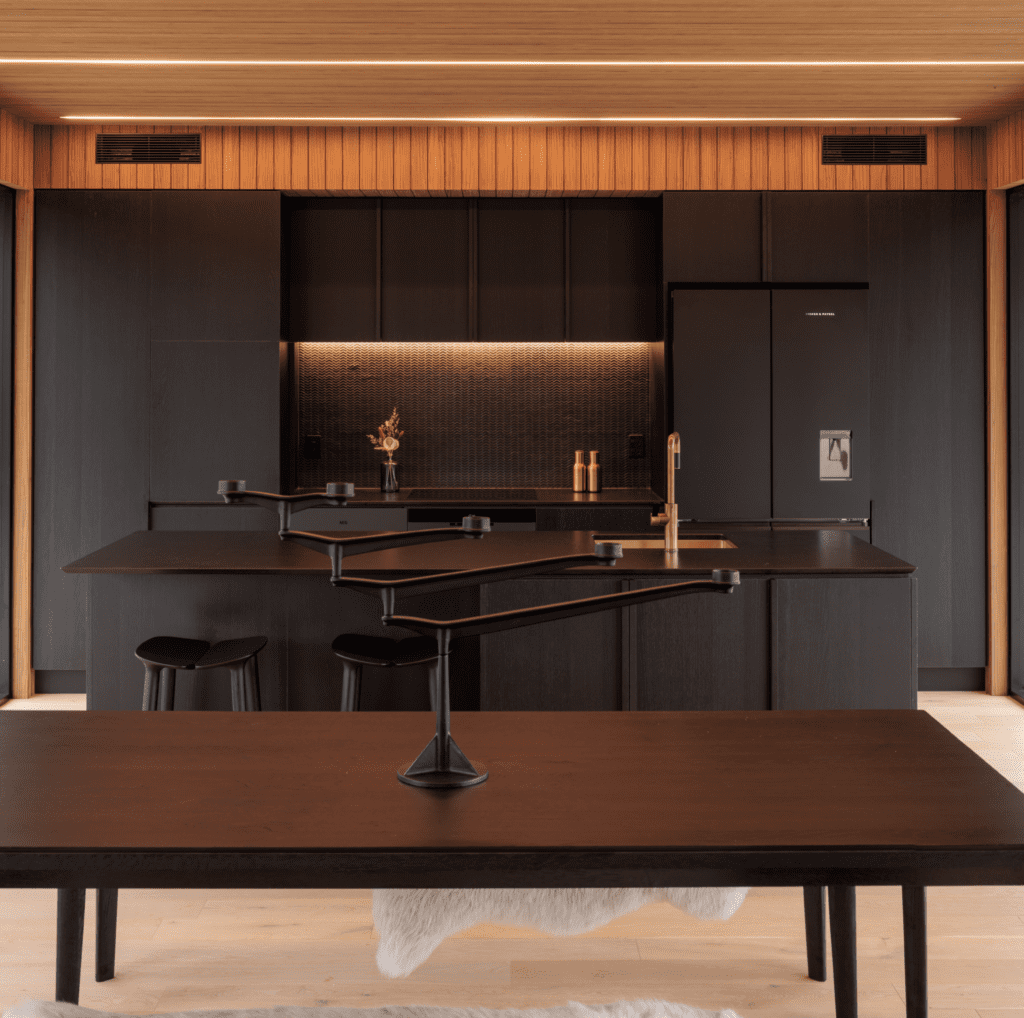The Home Electrification Series With Gen Less | Part II: Home Heating
On the banks of Lake Whakamaru is a diminutive structure. Its translucent skin forms a simple gable, a nod to the rural sheds that are dotted around the area. What’s inside tells an important story about the future of home heating and innovative ways to harness the power of renewable energy.
Lake Whakamaru is one of the largest hydro reservoirs on the Waikato River, with Whakamaru Power Station a major node in the North Island’s electricity grid. The electricity generated from Whakamaru and other hydroelectric power stations along the Waikato River, along with that created from geothermal power stations in the area, is transmitted across the Bay of Plenty, Hawke’s Bay, Manawatu, Hamilton, and Auckland.
Most of New Zealand’s electricity is generated from renewable sources like these, making it a cleaner and more sustainable energy choice for New Zealand households. “One of the biggest uses of energy in the home is heating,” says Dr Gareth Gretton, lead advisor at EECA (Energy Efficiency and Conservation Authority).
When we think of heat pumps, the words generally conjure images of the traditional wall- mounted models designed to heat a single room or part of a house. Technology has advanced significantly since then. With the newest systems, subtle vents in the ceiling or floor can deliver heating and cooling throughout the whole house, allowing precision temperature control year-round.

It’s a technology that managing director of DCA Architects of Transformation, Darryl Church, made full use of in his innovative new housing typology, the explorative house that he named The Chodge, which he fittingly brought to life on the banks of one of our largest hydro reservoirs.
The Chodge is an amalgamation of numerous architectural concepts that come together as a cohesive whole, one that is likely to change the narrative when it comes to the way we design inside and outside spaces — and how we heat and cool them.
It is a house within a house: an outer shell with an inner house inside it that is airtight and designed to passive house standards. The outer shell encloses ambiguous space; that which is neither inside nor outside.
When it came to heating the thermally efficient interior house, Darryl opted for a ducted heat pump system with heat recovery. The benefits are vast; it delivers heating and cooling to every room in the house for year-round temperature control; there is no visible plant — it is concealed in a sculptural thermal chimney that pierces the outer shell and expels excess heat and stale air from the apex. It’s also cost-efficient – the heat recovery system recycles heat from the stale air being extracted from the house to heat incoming fresh air, using less energy overall to keep the home ventilated. The only visual indications of the system are discreet grilles in each room.

“It’s a really efficient way of heating and cooling the space. The use of electricity has been a sustainable, low-emission choice, and, with the energy-efficient heat pump–operated heat recovery system, it made complete sense to use electricity. This type of system is the most cost-effective and efficient use of energy and should be a choice for all homes,” Darryl says.
“We enjoy it particularly because it means, when we arrive, we can turn it on and the space heats up very quickly, and in summer it works really well for cooling.” In this case, a Daikin ducted heat pump system was specified from GB Teat. It offers high-energy performance and flexibility in terms of design. Ducted heat pumps can heat or cool every room in a home, and can be installed into new builds and easily retrofitted into older homes. The internal heat pump unit can be concealed out of sight in the ceiling or under the floor.
Find out more about the benefits of home electrification at Gen Less.
Images: Simon Devitt




